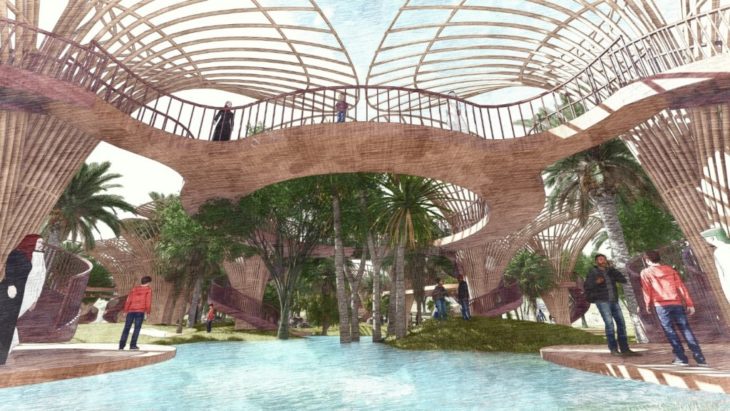
Abstract
Oasis is set in the premises of a threatened freshwater eco-region through soil erosion. Erosion is one of the most largely occurring environmental issues in the world — the contributing factors are many while the consequences, severe. Through this research we aim to identify parameters contributing to and strategies that can be developed around the same using lattices as an intervention.
Prelude
Site Location
Hatta is part of Dubai Emirate that sits on the border with Oman. In winter, Hatta is the go-to spot for biking, camping and adventure. The Hatta Mountain Bike Trail Centre has developed around 50 kilometers of biking trails spanning a network of various terrains and distances. The construction of an artificial waterfall at the Hatta dam increases risk of salinity through contact with newer soil particles as motion is produced, velocity increases and water runs-off.
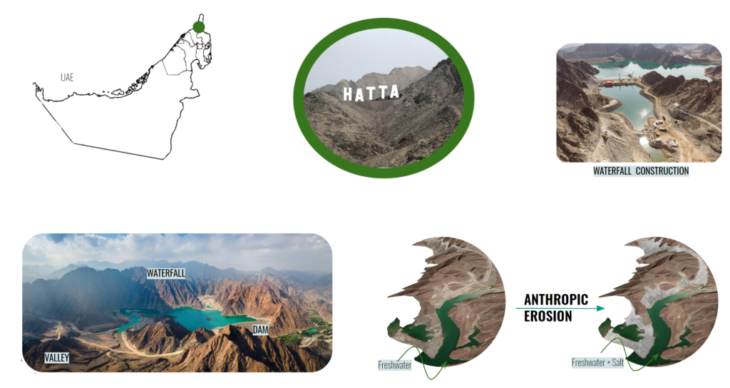
Climate & Region
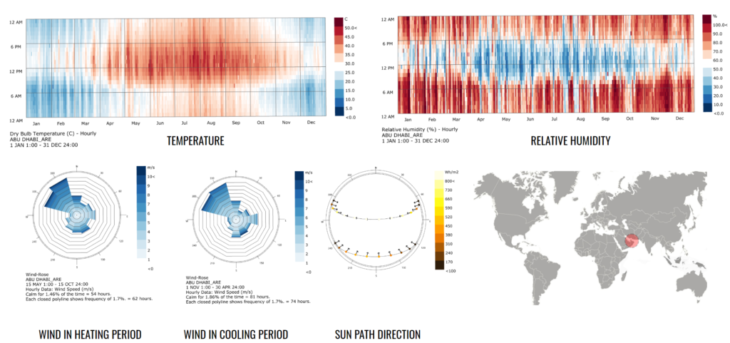
Materiality

We opted for a local and sustainable material extracted from Dubai palm trees. Extracted leaf stems called petioles make primary members that can absorb the sun’s heat during the day, store it and radiate back during cooler hours of the night. They expand and contract with variation in temperature.
Goals

Design Process
Growth Pattern
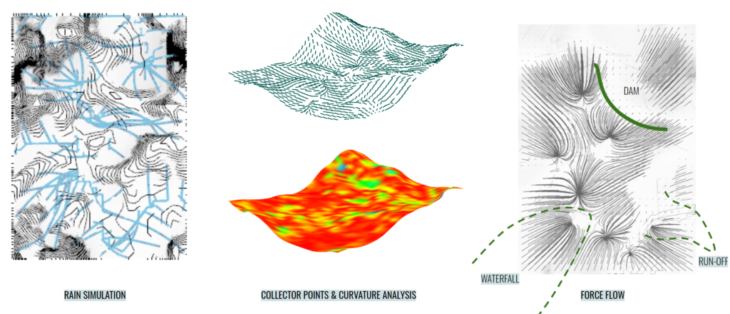
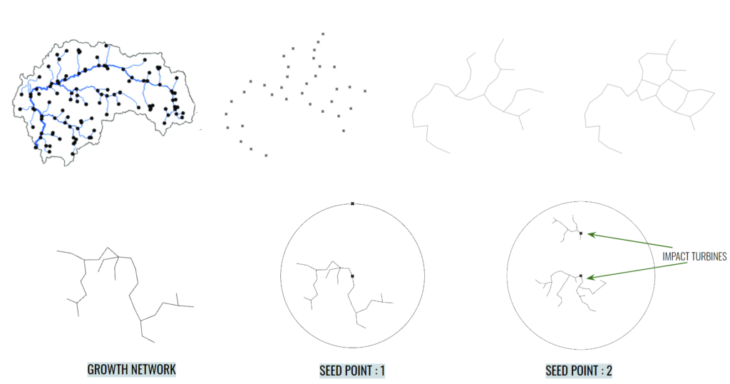


Connection Rules
https://www.iaacblog.com/program/oasis-gridshell-design/.
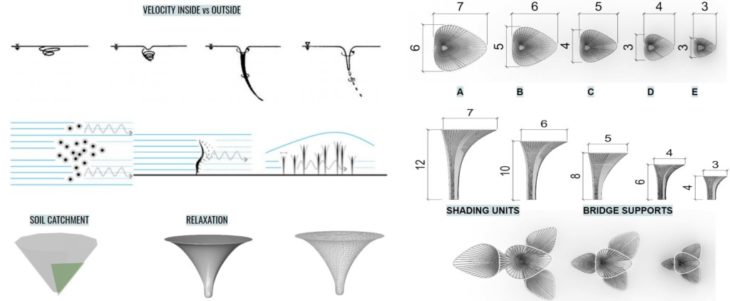
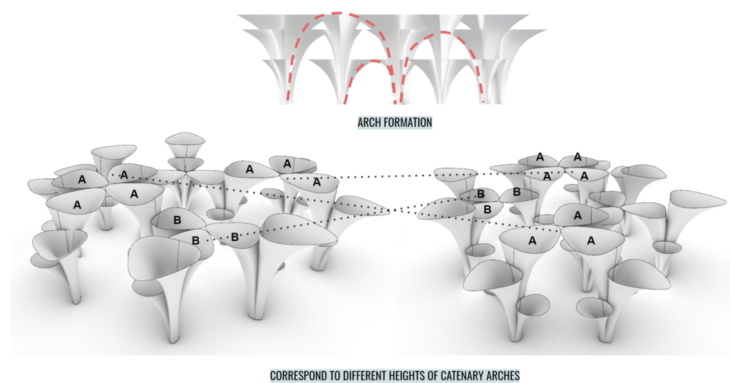


A skin made of woven palm fibres wrapped directionally over immersed funnels sieves soil from water.
Conclusion
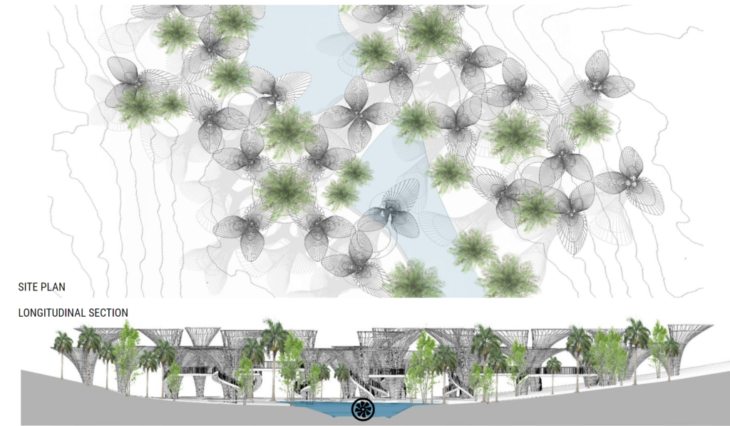
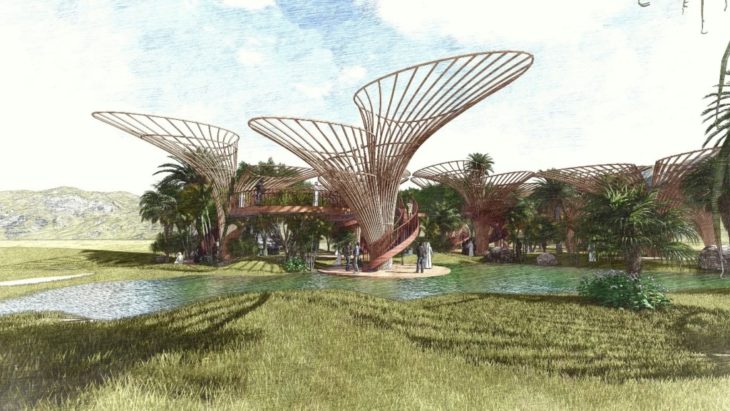
Credits
Students: Maryam Deshmukh, Sidhant Choudhary
Faculty: Arthur Mamou-Mani, Fun Yuen, Krishna Bhat